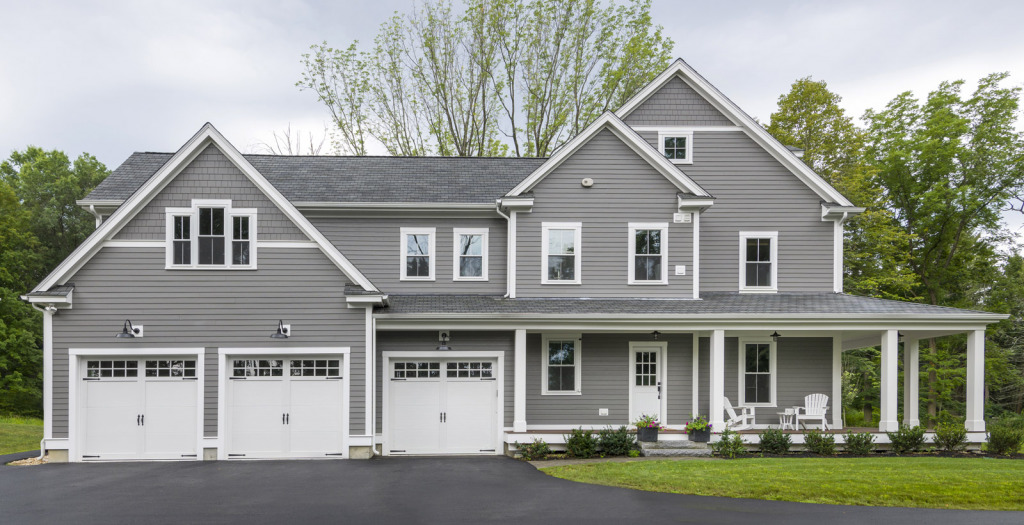The overhead surface, often acknowledged as the “fifth wall,” holds a pivotal significance within interior design, wielding the power to substantially influence the overall atmosphere and visual appeal of a room. Amidst the perpetual evolution of design trends, the meticulous choice of ceiling material emerges as a critical factor in attaining a contemporary and sophisticated appearance. Whether engaged in home improvement, constructing a new, or seeking to rejuvenate your living space, this comprehensive guide serves as your compass, illuminating six fundamental aspects for contemplation when embarking on the quest for the ideal material to adorn your fashionable ceiling.
Installation and Budget:
The feasibility of installation and the associated budget are practical aspects that can’t be overlooked. Some materials, like plaster, require skilled professionals for installation, potentially adding to the project cost. Alternatively, cheap ceiling tiles, panels, or planks may offer more budget-friendly options, often with simpler installation processes that can be tackled as a DIY project. Carefully assess both the financial and practical implications of your material choice.
Style and Aesthetic Appeal:
The first step in choosing the ideal ceiling material is to align it with your desired style and aesthetic. Are you aiming for a contemporary, minimalist, industrial, or perhaps a rustic look? Each style calls for different materials that contribute to the overall theme. For instance, exposed wooden beams can evoke a rustic or farmhouse charm, while sleek metallic finishes may complement a modern, industrial ambiance. Define your style and let it guide your material selection.
Durability and Maintenance:
Beyond aesthetics, the durability and maintenance of the chosen material are of utmost importance. Consider the wear and tear your ceiling might endure, especially in high-traffic areas. In spaces like kitchens or bathrooms, where moisture and humidity are factors, moisture-resistant materials like metal or PVC tiles may be more suitable. On the other hand, for lower-traffic rooms, decorative plaster or gypsum boards could add elegance without compromising longevity.
Acoustic Properties:
The acoustic performance of your ceiling material can significantly affect the comfort and functionality of a space. Depending on the room’s purpose, you might opt for materials that enhance sound insulation or acoustic absorption. Suspended ceiling systems with sound-absorbing panels are popular choices for reducing noise in commercial spaces, while acoustic plaster or perforated metal panels can be ideal for creating a tranquil atmosphere in residential settings.
Lighting and Ambiance:
Ceilings offer an excellent opportunity to play with lighting and create unique ambiance. Consider how different materials interact with light sources. Some materials, like reflective metals or high-gloss finishes, can enhance brightness and add a touch of glamour. Conversely, matte finishes or textured materials can diffuse light for a softer, more inviting glow. Balancing natural and artificial light sources with your chosen material can dramatically impact the mood of the room.
Sustainability and Eco-Friendliness:
In an era of heightened environmental awareness, considering the sustainability and eco-friendliness of your ceiling material is increasingly important. Choose materials that are responsibly sourced, boast a minimal carbon footprint, and are capable of being recycled or repurposed. Embrace sustainable alternatives like repurposed wood, bamboo, or panels crafted from recycled metal. Not only do these eco-conscious options play a role in fostering a more environmentally-friendly tomorrow, but they also inject distinct personality into your ceiling design.
Selecting the perfect material for your trendy ceiling is a multifaceted decision that requires careful consideration of style, durability, acoustics, lighting, installation, and sustainability. By ensuring your selections resonate with your design inclinations, functional requirements, and ecological principles, you have the ability to fashion a ceiling that harmonizes not only with the visual allure of your area but also amplifies its usability and coziness. Always keep in mind that your ceiling transcends its conventional role; it serves as a canvas to introduce personality, flair, and distinctiveness to your surroundings.

